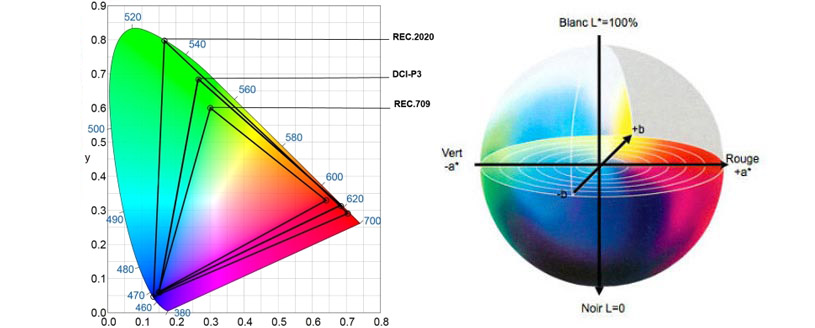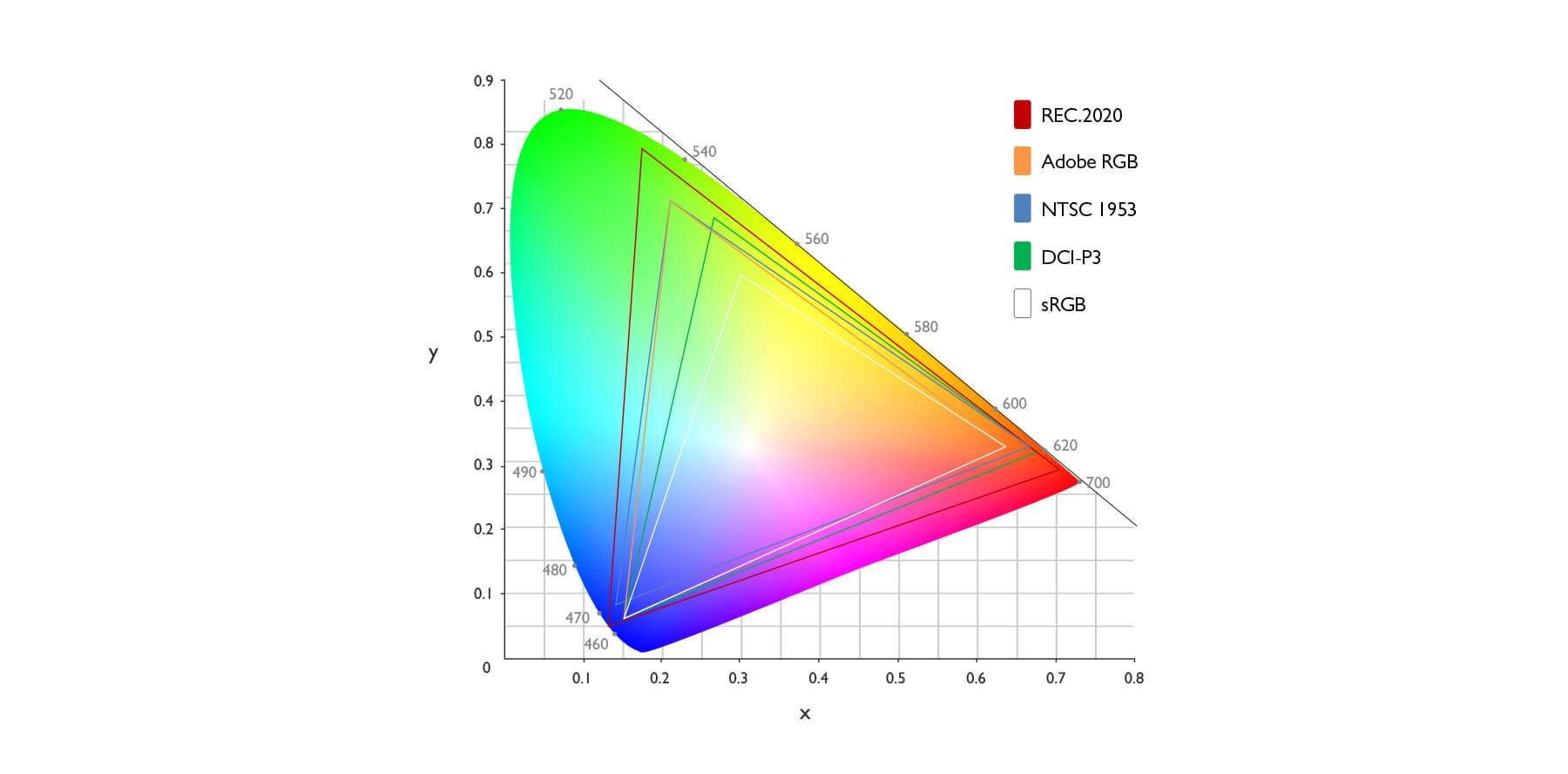In the ever-evolving world of cinema, technology has been at the forefront, pushing boundaries to provide movie-goers with the most immersive experience possible. One of the crucial aspects in achieving cinematic brilliance is color reproduction. It’s not just about presenting bold and bright colors, but capturing the nuances, the subtleties, and the lifelike representations that our real world offers.
To comprehend the art and science behind it, we delve into the complex realm of color spaces: Rec. 709, DCI-P3, and Rec. 2020. How do they shape the cinematic experience, and how are they different from one another?
Understanding Color Spaces
Before jumping into the intricacies of each standard, let's demystify the term "color space." In essence, a color space defines a range (or gamut) of colors that can be represented. Think of it as a palette from which filmmakers can pick and choose the perfect hue to paint their canvas, the screen. The wider the palette, the richer and more diverse the colorscape can be.
Rec. 709: The Television Standard
Introduced in the 1990s, Rec. 709, often referred to as BT.709, became the standard for HDTV. Given that it was developed at a time when CRT televisions dominated the market, it was inherently limited by the technological constraints of its time.
According to DisplayMate, Rec. 709 covers about 35.9% of the visible colors that the human eye can perceive. This might seem like a small percentage, but when Rec. 709 was introduced, it was a significant improvement over previous standards. It set a baseline, ensuring that televisions across the world could consistently reproduce the same colors.
DCI-P3: A Leap Forward for Cinemas
Enter DCI-P3. Spearheaded by the Digital Cinema Initiatives consortium, this color space was built specifically for digital cinema projection. Designed with the projection capabilities of theatrical projectors in mind, DCI-P3 covers approximately 45.5% of the visible spectrum.
That leap from Rec. 709’s 35.9% is not just a numerical increase but a transformative shift in the vibrancy and depth of colors that can be showcased on the big screen. DCI-P3 provides richer reds and more vibrant greens, allowing filmmakers to craft visual tales that are more engaging, immersive, and true-to-life.
Rec. 2020: The Future of Color Reproduction
While DCI-P3 was a significant advancement, technology, as it always does, continued to march forward. Recognizing the potential of emerging display technologies, Rec. 2020, or BT.2020, was introduced as the next frontier in color reproduction.
Surpassing its predecessors, Rec. 2020 covers an astounding 75.8% of the visible colors perceivable by the human eye. This vast color space isn’t just an incremental step up from DCI-P3 but a revolutionary leap. Reds are deeper, greens more lush, and blues more vivid. But the beauty of Rec. 2020 doesn't merely lie in its vividness but its ability to represent subtle shades and gradations that breathe life into every frame.
Why Does This Matter to the Cinema Industry and CES+ Audience?
For CES+ and its stakeholders, understanding these color spaces is crucial. Being a cinema equipment and support supplier means being at the helm of facilitating unforgettable cinematic experiences. The choice of color space directly impacts the visual fidelity and emotive power of the content.
For instance, a movie intended for theatrical release and optimized for DCI-P3 would lose some of its visual potency if simply played on a standard HDTV with Rec. 709. Similarly, content mastered in Rec. 2020, when viewed in its full glory, offers an unparalleled experience that can be a significant draw for audiences seeking the best in visual entertainment.

